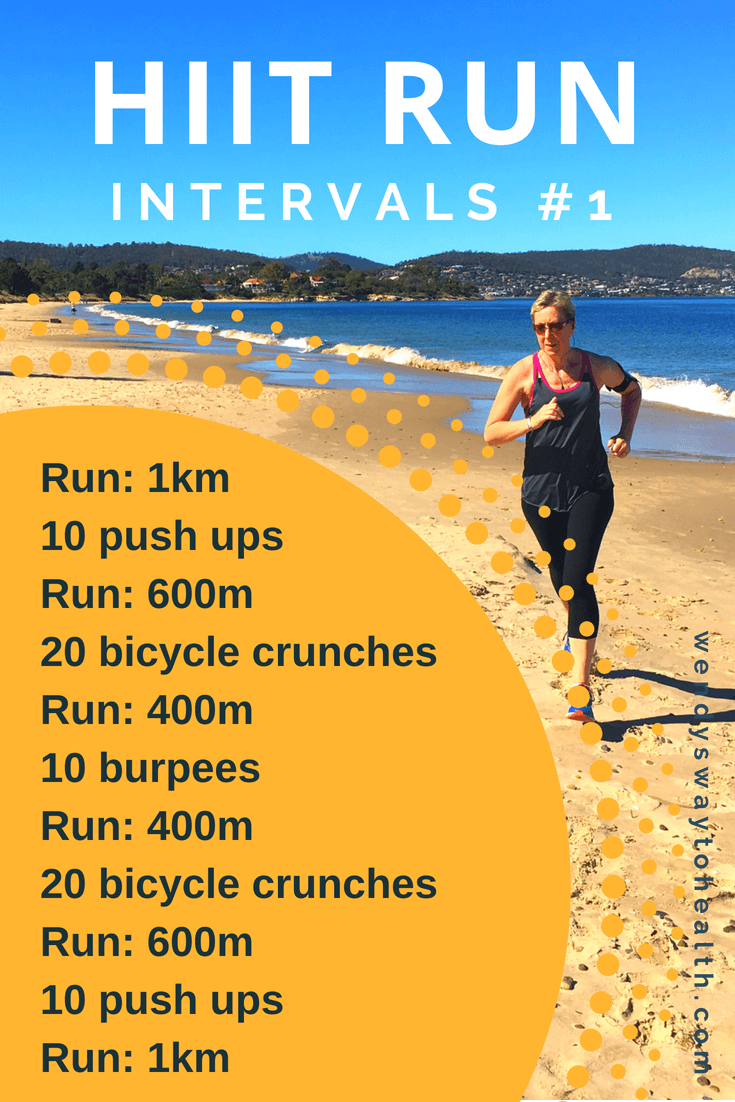Revamp Your Running Strategy: Tips for Enhanced Performance
Revamp Your Running Strategy: Tips for Enhanced Performance
Blog Article
The Ultimate Overview to Dealing With Pain When Running
Whether you are a seasoned marathoner or simply starting your running journey, recognizing the numerous kinds of pain that can arise and the strategies to address them is critical. From pre-run workout regimens to proper shoes option, there are many elements to consider when it comes to dealing with discomfort while running.

Recognizing Different Kinds Of Running Discomfort
When running, it is important to compare different types of discomfort to avoid injuries and make the most of efficiency (Read More). One typical kind of discomfort that runners may experience is muscular tissue pain, which commonly develops from the anxiety placed on muscles during exercise. This sort of discomfort is typically a normal component of the running process and can be managed via appropriate warm-up, cool-down, and stretching routines
An additional kind of pain to be knowledgeable about is joint pain. Joint discomfort can indicate concerns such as overuse, improper type, or underlying problems like joint inflammation. Disregarding joint discomfort can result in more serious injuries, so it is critical to address any type of pain promptly and possibly seek expert advice.
Furthermore, sharp or stabbing discomforts need to not be disregarded. These sorts of discomfort can signify intense injuries such as strains, sprains, or tension cracks - running strategy. Continuing to run via these kinds of discomfort can exacerbate the injury and prolong healing time

Pre-Run Warm-Up and Stretching Routine
To prepare the body for a running session, carrying out a reliable pre-run workout and extending regular is vital. A proper warm-up helps enhance blood flow to the muscles, improves flexibility, and decreases the risk of injury during the run. Begin with vibrant stretches like leg swings, arm circles, and high knees to slowly elevate your heart price and relax the muscular tissues. Dynamic extending assists simulate the motions you'll be doing while running, preparing your body for the activity in advance. Follow this with static stretches concentrating on significant muscle mass groups such as the hamstrings, quadriceps, calf bones, and glutes. Hold each go for about 15-30 secs without jumping to advertise muscle mass relaxation and flexibility. Remember to pay attention to your body and readjust the intensity of your warm-up based upon your fitness level and any kind of pre-existing problems. By integrating a consistent pre-run warm-up and stretching regular right into your running program, you can maximize efficiency and reduce the risk of pain or injury.
Proper Shoes Option and Fit
Selecting suitable shoes that fits well is vital for joggers to avoid pain and lower the danger of injuries. Ill-fitting footwear can bring about sores, black toenails, shin splints, and other agonizing problems that can impede performance and sideline training. When picking running footwear, it is important to take into consideration aspects such as foot kind, running stride, arch support, padding, and shoe dimension. running strategy. Visiting a specialty running store for a stride evaluation and expert fitting can help make sure that you pick the right shoes for your individual demands. Running footwear need to give adequate support and security while also fitting and light-weight. In addition, it is recommended to replace your running shoes every 300-500 miles to preserve correct cushioning and support. Purchasing high-quality footwear that is suitable for your running style and foot composition is an aggressive action in the direction of avoiding discomfort and injuries throughout your runs.
Nutrition and Hydration Tips for Pain Prevention

Hydration is similarly crucial for joggers to stay clear of aches, dehydration, and various other discomforts that can result in discomfort during running. It is suggested to consume alcohol a sufficient quantity of water throughout the day and especially previously, during, and after running sessions. Electrolyte-rich beverages or sports beverages can also be useful for restoring lost minerals and preserving appropriate liquid Related Site balance. running workout (Read More). By focusing on nutrition and hydration, runners can boost their performance, lessen pain, and appreciate a more comfy running experience.
Post-Run Healing Techniques to Reduce Pain
Carrying out reliable recovery strategies is vital for minimizing discomfort and promoting muscle healing after running sessions. One crucial post-run recuperation technique is stretching. Integrating static stretches for major muscle mass teams can help lower muscle stress and soreness. Foam rolling is an additional beneficial practice to release muscle mass tightness and improve blood flow to the muscular tissues, aiding in quicker recovery. Furthermore, icing sore areas for 15-20 minutes can help in reducing inflammation and numb pain post-run.
Taking in a balanced treat or dish that includes protein and carbs within 30 minutes of finishing a run can aid repair muscle cells and renew power stores. By incorporating these post-run recuperation methods right into your regimen, you can efficiently take care of discomfort and optimize your running efficiency.
Final Thought
In conclusion, resolving different sorts of running discomfort through correct warm-up, extending, footwear option, nourishment, hydration, and post-run recovery strategies is vital for pain avoidance and administration. By recognizing the root causes of pain and applying these techniques, joggers can minimize pain and potential injuries. It is vital to prioritize total physical health and wellness and health to guarantee an effective and pleasurable running experience.
Report this page